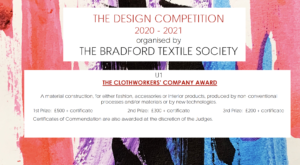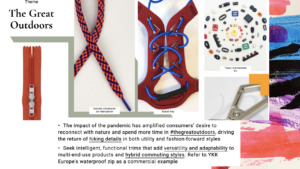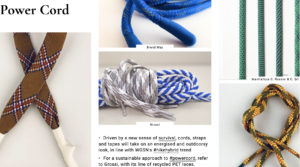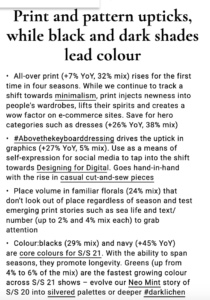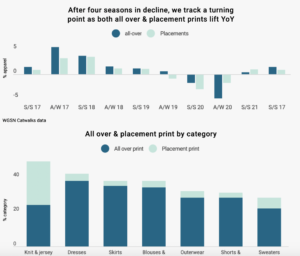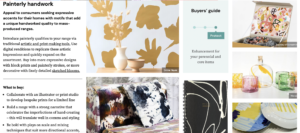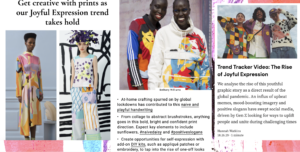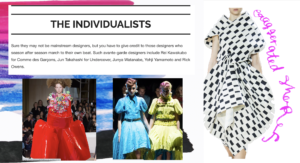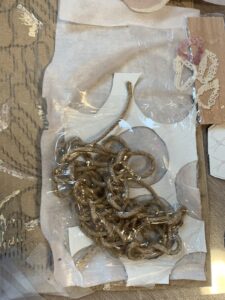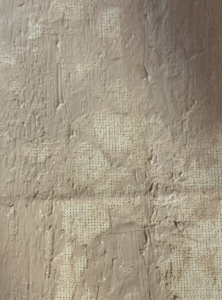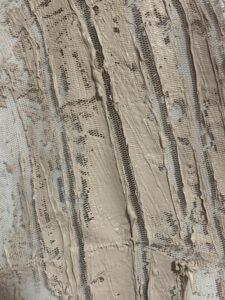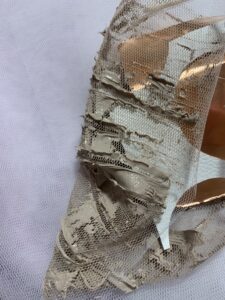I started the sampling process off by analysing my exsisting samples, seeing which ones work well and why? questions like, whats the aura of the sample? what do the marks do? why was this sample so effective? in what way did the techniques benefit this sample? these questions provide a thought process which starts the sampling process. by assesing it gives you time to identify and bring forward key aspects of the samples.


personally I chose three of my favourite samples from project one that i felt confident about taking forward. i liked the energy of the embroidery sample, the fight between the calmness of the plastic bag to small detailed areas of the chaotic embroidery clusters. I also choose two weaves, the weaves have an array of techniques that work in a really interesting way together. the conversation between the calm manipulated lighter materials to the arratic clunky manipulated tape measures and chunky knotts is something I want to further explore.
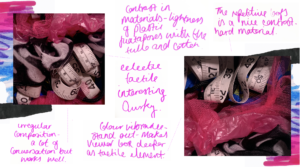
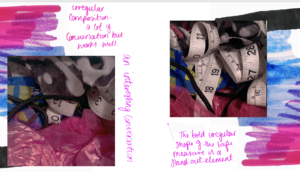
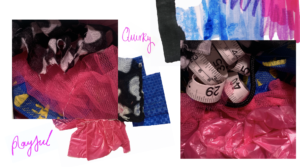
I made a viewfinder out of paper and started to isolate specific interesting areas. having the view finder really magnified techniques, fabric qualities, colour ways and allowed me to question this in a thought provoking way answering the question why did these samples work?
I started to annotate them, isolating key descriptive words which I could use to sample further. this really is an essential part of the design process and it forces you to analyse your work. Taking this into sampling I can look at the most effective techniques like colour ways, material exploration, manipulation techniques e.c.t. This then gives me a basis to start off whist still leaving a lot of room for experimentation.



